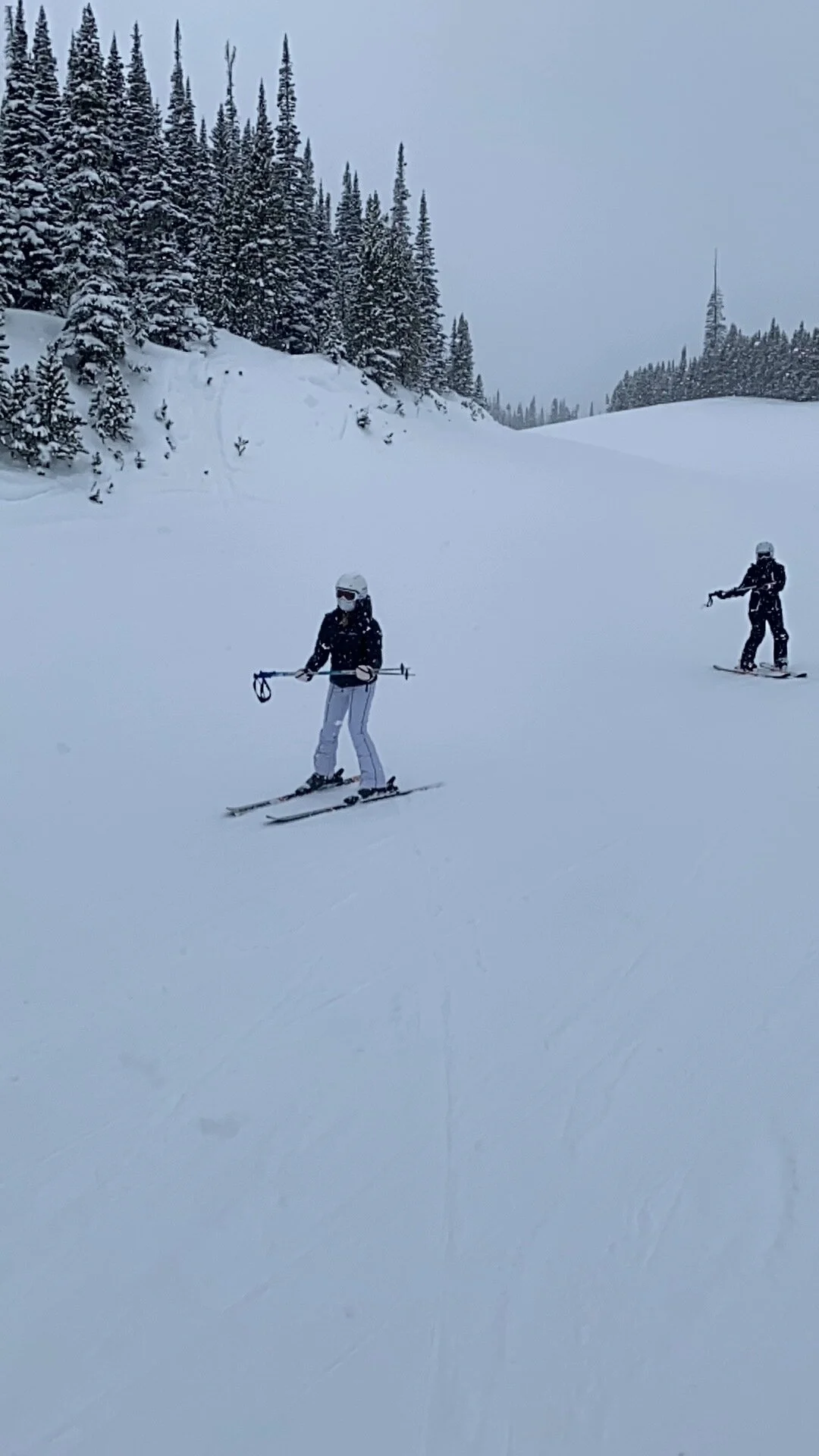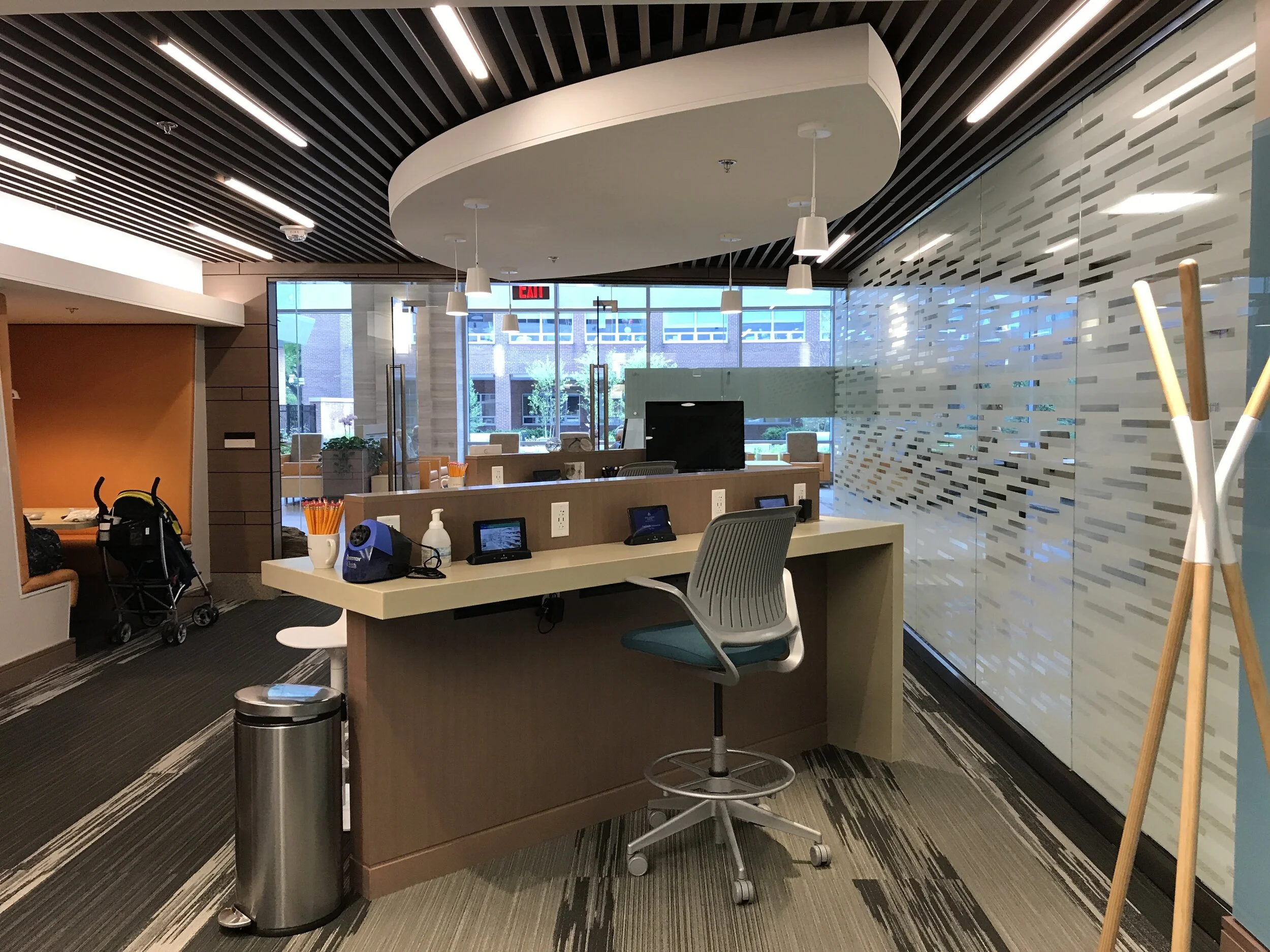Reduce the feedback loop time
This post is part of a series: 5 things skiing taught me about leading change. You can find the other posts in this series here.
skiing students working on drills
One of the most rewarding parts of teaching skiing, from never-ever beginners to experts, was the most rapid feedback loop I’ve ever experienced. Often, within 30 minutes of leaving the ski school gathering area I knew if I was on track to meet (hopefully exceed) expectations or if I needed to adjust my plan. Most lessons are structured as half or full days. Some guests book private lessons for multiple days. But even when you have more than one day to work with someone, you have to track to their expectations early or you’ll lose their interest.
I told every guest that I’d probably ask the same question 1,000 times: how’s that feeling? or what did that feel like? I told them I was as interested in what they felt in their skiing and body mechanics as in their hearts and heads. I wanted to understand if what we were trying was making a difference in their skiing, but more importantly, I wanted to understand how it made them feel. Remember my family who just wanted to skip the lines? After our first run, I suggested that everyone could try getting a little bit lower. (One of the paradoxes of skiing is that getting a little lower and leaning down the hill gives you a lot more control.) After that tip, one of them said that’s the most in-control I’ve ever felt in a turn. I usually just try and turn as quickly as I can to get it over with. You just made steep runs feel fun for the first time ever! That kind of feedback is not only critical, it feels great too. Knowing that you are helping someone, or at least meeting their expectations, is incredibly rewarding.
How often have any of us set out on a project with a long timeline and too few check-ins? One of the hallmarks of design is prototyping —doing small, inexpensive, tests to see what works and what doesn’t. Prototyping is a way to reduce the feedback loop time. Sometimes a prototype might be a stick figure drawing, and other times it could be a fully animated demo of a technology that doesn’t yet exist. The goals are the same, get feedback from users and stakeholders to see if your original hypothesis was right.
a genius-bar like space for healthcare
Once, a team I was leading was charged with creating a new genius-bar-like space and experience for patients and visitors to the hospital. The hospital was undergoing a huge expansion and the construction timeline was still 12 months from completion. That gave us plenty of time to research needs and develop ideas for a new, iconic, flagship space in the lobby of the new hospital. We landed on a healthcare help desk concept attached to a third space style environment (third spaces are a term for places like coffee shops that are neither home nor work but offer affiances for productivity and socialization). The only problem was we never tested it. We packed up the plan for the space, interior design, hiring, training, and service in a neat and tidy package. Almost two years after the space had opened I was touring it with our senior leadership and some board members. A guest stood up, tapped an executive’s shoulder, and said I don’t know if you are responsible for this, but thank you. Because of this space and help I’m able to be here every day for my brother’s cancer treatment. I was so choked up, I had to step away. As amazing as that feedback was, and it certainly exceeded our expectations for the space, it was too late. The entire project had no perceived return on investment. Our team thought we’d done well, but without more feedback early and often we hadn’t been able to tell the story of the experience or bring anyone else along with us. It was a huge miss and one that put the entire project in jeopardy.
Finding frequent opportunities to ask how's this feel often is key to shortening that feedback loop.

